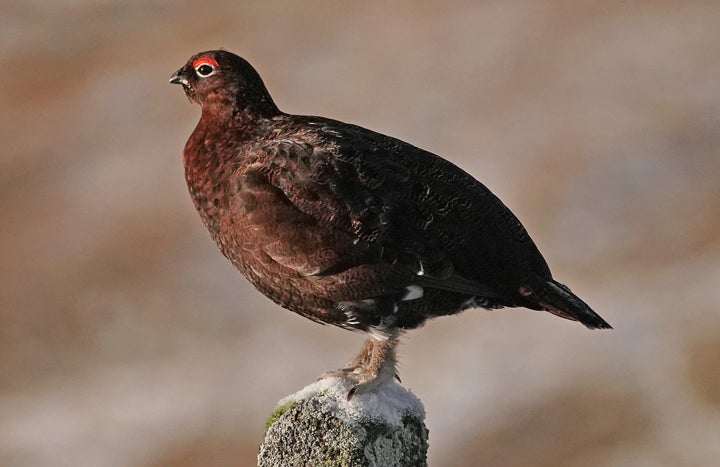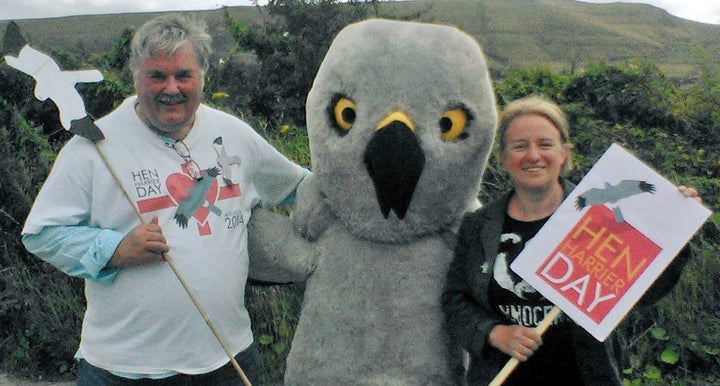
Britain has a reputation as a country that loves and cares for animals. And in some ways that’s well deserved. Battersea Dogs’ Home is world-famous, well-supported, and the subject of popular television shows. Donkey sanctuaries flourish around the nation. And we, finally, banned hunting in 2004.
Well, that’s officially. But it is a ban that has been notably, disastrously, ineffective. The League Against Cruel Sports reported yesterday that it had received 550 reports of illegal hunts, and a further 145 reports of “hunt havoc” – where hounds chased and often killed domestic pets or caused other serious disturbance in communities. In many cases these are supposed to be “trail hunts” – something that are clearly turning into “real” hunts of flesh and blood foxes and other animals.
But this is only a tip of the iceberg of the slaughter that’s happening in our countryside.
The Sheffield and Rotherham Wildlife Trust has launched a petition highlighting a blight on our countryside by “stink pits” – in their words “fenced enclosures, bins or holes dug out by gamekeepers who then fill them with rotting carcasses of discarded game birds, as well as other wild and domestic animals in order to attract target species such as foxes in to a large quantity of snares”.
A local photo illustrating the petition contains the body of a mountain hare – a beautiful, harmless species, that’s slaughtered in large numbers on grouse moors, particularly in Scotland, because it is thought they are a harbour for ticks that can carry a disease which affects red grouse.
So too are crows and ravens, foxes and mustelids – creatures that mightn’t have the same cuddly appeal, but which are intelligent animals that suffer and die in huge numbers.
Stink pits are a blight on our countryside, and a marker of the way in which in quiet corners of Britain – frequently, ironically, areas supposedly protected for the natural world by a variety of official national, European and global designations – there’s a deliberate mass slaughter of innocent, inoffensive creatures that are just trying to survive in a world we’ve grossly damaged.
I first became aware of the scale and impact of the so-called “sports” in 2016, when I learnt about driven grouse shooting, with moors turned into industrial landscapes for just one species, the red grouse. It is cultivated up to 100 times its natural population – almost everything else wiped out to create space for it.
That’s so as many of the grouse can be slaughtered as possible on and after what Mark Avery’s dubbed the Inglorious Twelfth (of August).
There’s been increasing attention on driven grouse shooting as a result of passionate, effective campaigns by birdwatchers against the persecution of raptors – particularly the majestic hen harrier – with a series of Hen Harrier Days coming up around the country in August. Cases of raptor persecution associated with shooting estates just keeping emerging, the latest only this week.
But we also need to think more broadly. For there’s another slaughter in our countryside. Not of wildlife, but of pheasants and partridges that are mostly reared in captivity for a few months, then released, bewildered and ill-equipped for life, to be flushed, clumsy and easy to pick off, into the muzzles of the guns. That’s when they don’t blunder in front of cars, or form easy prey for the foxes.
Then of course there’s the inhumane, unscientific badger cull in England, which could be extended into even more areas.
If the realities were better known, and the environmental impacts, then I don’t think this is something the British people would stand for: they don’t want the countryside to be a slaughterhouse.
Mark Cocker in his new book, Our Place: Can We Save Britain’s Wildlife Before It Is Too Late, talks about how we’ve “de-natured” England with disastrous farming practices forced by deliberate government policies. But even in the supposed havens that are left, a few people, a few so-called “sports”, are killing animals, en masse.
We need to change our farming practices, “re-nature” our countryside. But that will take time. In the meantime, we can act quickly to protect the relatively wild spaces that should be havens not just for rare species, but all wildlife.
Nearly 50,000 people signed a just closed petition calling for a ban on driven grouse shooting. That’s a start, but we need also act against the “canned” hunting practices with pheasants and partridges. And truly ban hunting with hounds.

